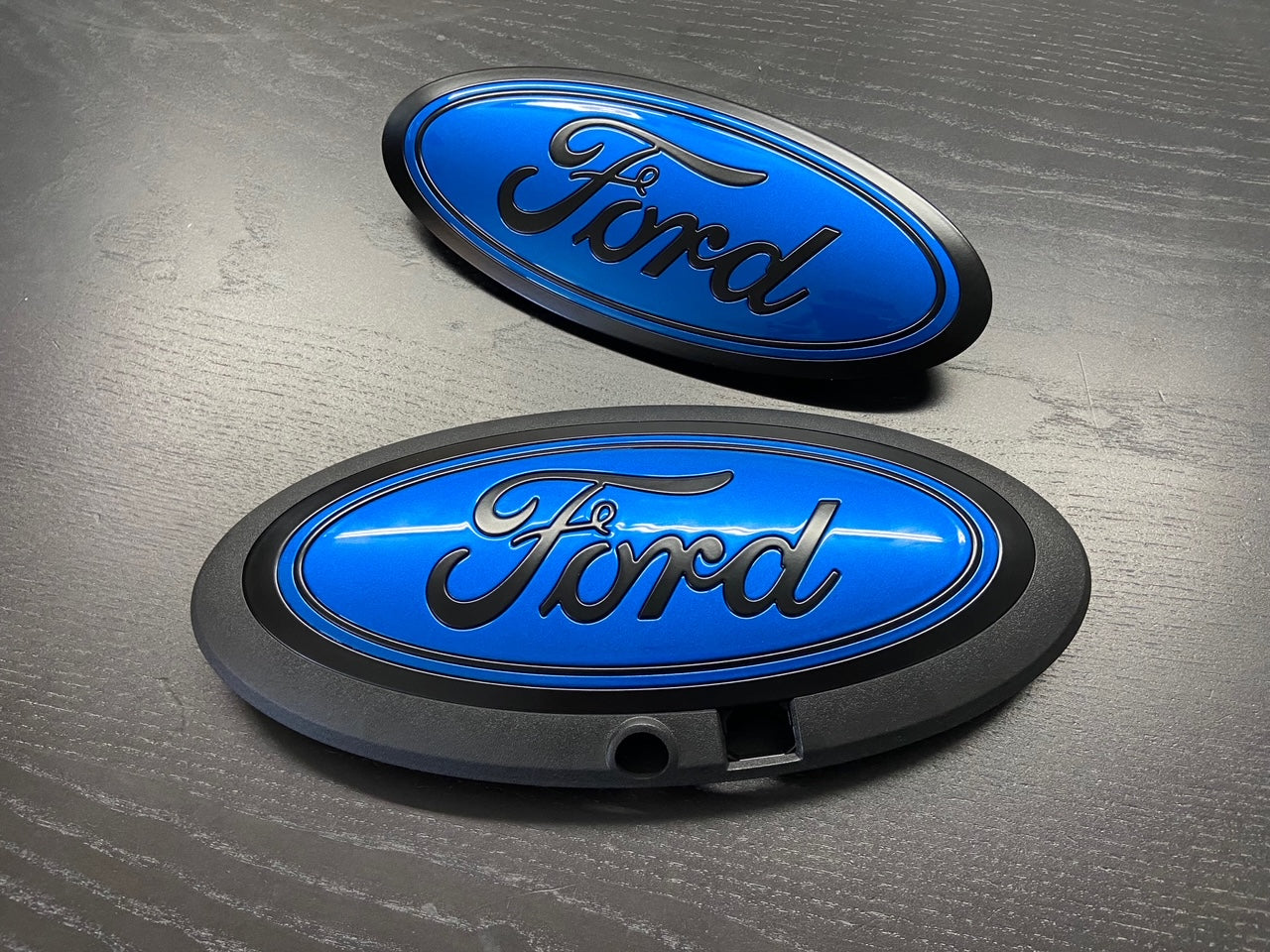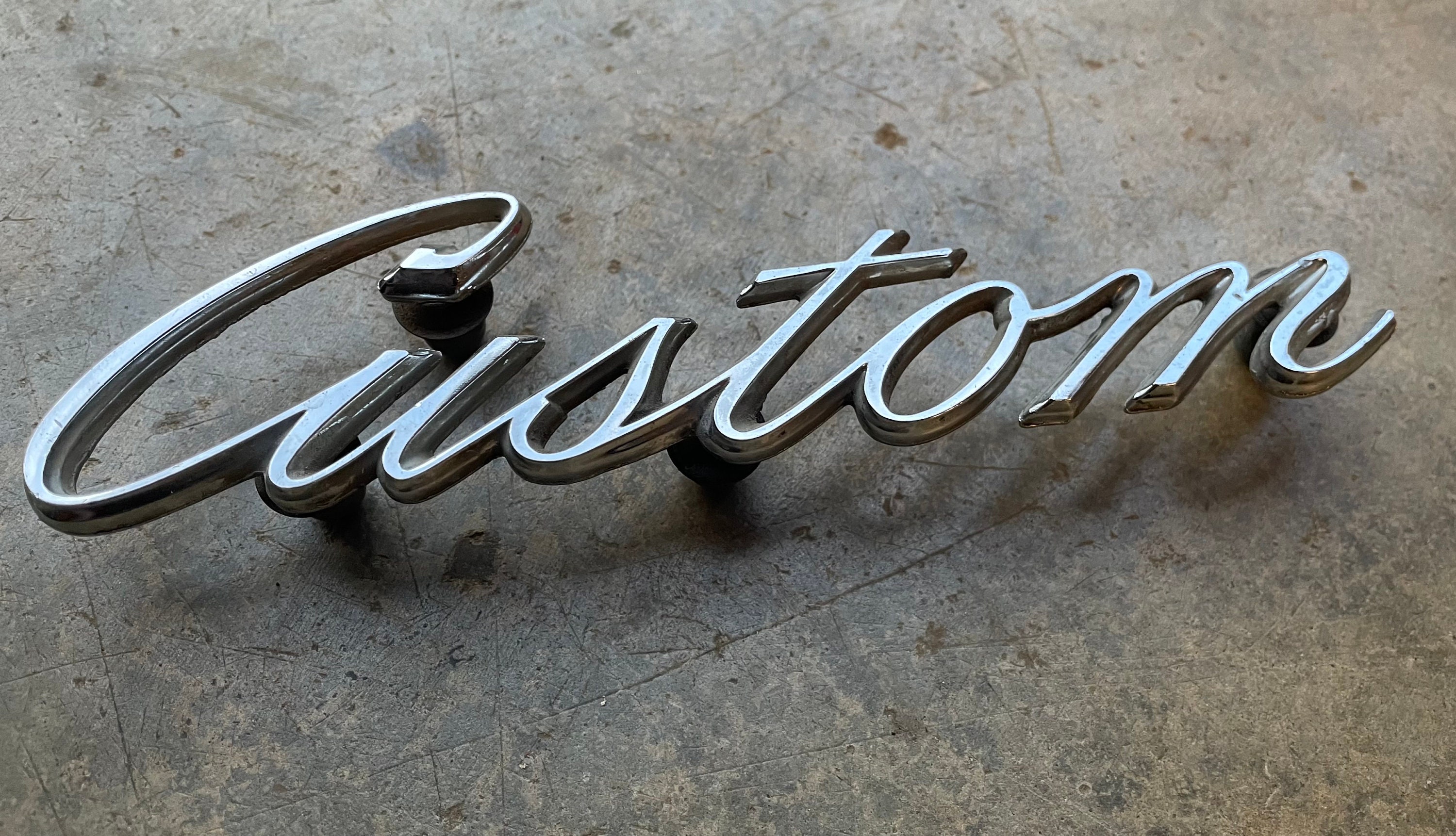Exactly How Services Gain From Using a Professional Custom Emblem
Exactly How Services Gain From Using a Professional Custom Emblem
Blog Article
Developing a Long Lasting Impact With Custom Emblems: Style Tips and Concepts
The development of a custom-made symbol is an essential action in establishing a brand's identity, yet many overlook the nuances that add to its efficiency. As we explore these crucial components, it becomes clear that there is even more to crafting an emblem than simple aesthetic appeals; comprehending these principles can transform your approach to brand name depiction.
Recognizing Your Brand Name Identification
Comprehending your brand identification is essential for creating custom symbols that reverberate with your target audience. Your brand identity encompasses the worths, objective, and personality that specify your company. It acts as the foundation for all graphes, consisting of customized emblems. By plainly verbalizing what your brand represents, you can make sure that the design components of your emblem reflect these core principles.

Next, identify crucial qualities of your brand name, such as development, reliability, or originality. These attributes ought to assist the layout process, influencing shapes, symbols, and typography. A distinct brand identity not just aids in creating a remarkable emblem but additionally fosters brand commitment and acknowledgment. Inevitably, an emblem that truly reflects your brand identity will certainly produce a meaningful link with your audience, strengthening your message and improving your total brand name approach.
Selecting the Right Color Styles
Choosing the ideal colors for your custom emblem plays a crucial function in communicating your brand's identity and message. Colors evoke feelings and can significantly influence understandings, making it important to select hues that resonate with your target market. Begin by thinking about the emotional effect of colors; as an example, blue commonly communicates trust and professionalism, while red can evoke exhilaration and necessity.
It is also vital to straighten your shade options with your brand name's values and sector. A tech firm may opt for trendy shades, such as environment-friendlies and blues, to mirror innovation and dependability, whereas an imaginative company might embrace vivid and strong colors to showcase creative thinking and power.
In addition, consider the shade harmony in your layout. Using a shade wheel can assist you recognize analogous or complementary shades that develop visual balance. Go for a maximum of three primaries to keep simplicity and memorability.
Typography and Typeface Choice
An appropriate font style can considerably enhance the effect of your customized symbol, making typography and font option essential parts of the design procedure. The font style needs to line up with the brand's identity, communicating the ideal tone and message. A modern-day sans-serif font style may evoke a sense of technology and simpleness, while a classic serif font can interact tradition and dependability.
When picking a typeface, take into consideration readability and scalability. Your symbol will certainly be made use of throughout different media, from organization cards to billboards, so the font has to continue to be clear at any kind of dimension. Furthermore, prevent excessively ornamental font styles that might take away from the overall design and message.
Integrating font styles can also produce visual passion yet calls for mindful pairing. Custom Emblem. An usual method is to make use of a vibrant font for the main text and a corresponding lighter one for additional aspects. Consistency is essential; restrict your option to two or 3 fonts anchor to preserve a natural look
Incorporating Significant Icons

For instance, a tree may stand for growth and security, while a gear could represent innovation and accuracy. The key is to make certain that the signs reverberate with your target audience and reflect your brand name's mission. Involve in brainstorming sessions to discover various concepts and collect input from diverse stakeholders, as this can produce a richer array of alternatives.
Furthermore, take into consideration investigate this site just how these symbols will work in conjunction with other style components, such as shades and typography, to develop a natural and impactful emblem - Custom Emblem. Ultimately, the best signs can improve acknowledgment and promote a more powerful psychological link with your target market, making your brand name remarkable and purposeful.
Making Sure Convenience and Scalability
Guaranteeing that your personalized symbol is scalable and flexible is crucial for its performance throughout various applications and mediums. A well-designed emblem should maintain its integrity and aesthetic charm whether it's presented on a calling card, a site, or a large banner. To achieve this, concentrate on developing a style that is easy yet impactful, avoiding complex details that might become lost at smaller sized sizes.

Testing your symbol in different formats and dimensions is crucial. Assess just how it carries out on different histories and in various settings to guarantee it remains well-known and efficient. By prioritizing adaptability and scalability in your design procedure, you will certainly create a symbol that stands the test of time and successfully represents your brand throughout all touchpoints.

Verdict
In conclusion, the production of custom-made emblems requires a critical method that integrates various style components, including brand identification, shade selection, typography, and symbolic depiction. Stressing simpleness and scalability guarantees that the symbol remains flexible throughout various applications, while meaningful signs boost psychological resonance with the audience. By thoroughly incorporating these components, brands can grow a distinct identity that fosters recognition and leaves an enduring impact on customers.
A well-defined brand identity not only aids in producing a remarkable symbol yet likewise promotes brand name commitment and acknowledgment. Inevitably, a symbol that truly mirrors your brand name identification will certainly create a significant link with your target market, strengthening your message and improving your general brand method.
Choosing the ideal shades for your custom-made symbol plays an essential function in communicating your brand's identity and message. By prioritizing versatility and scalability in your design procedure, you will certainly develop a symbol that stands the examination of time and successfully represents your brand across all touchpoints.
In conclusion, the creation of custom emblems requires a strategic approach that harmonizes numerous design elements, consisting of brand name identification, color selection, typography, and symbolic depiction.
Report this page